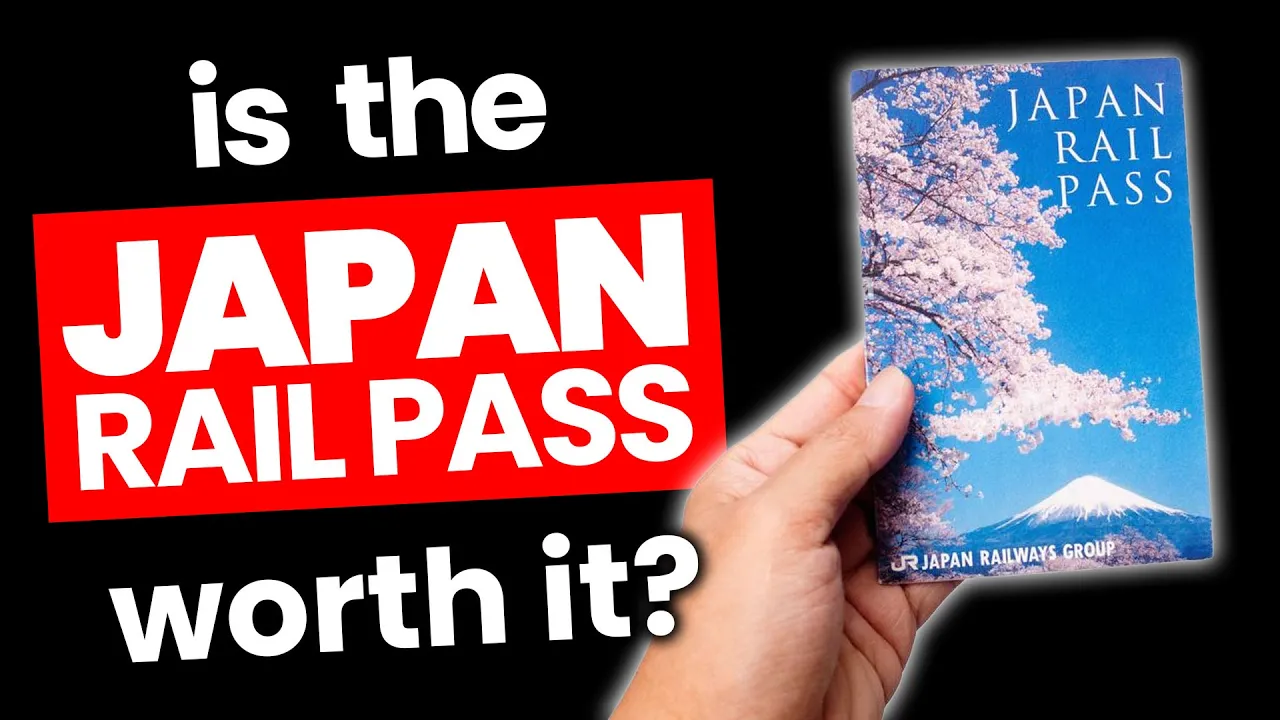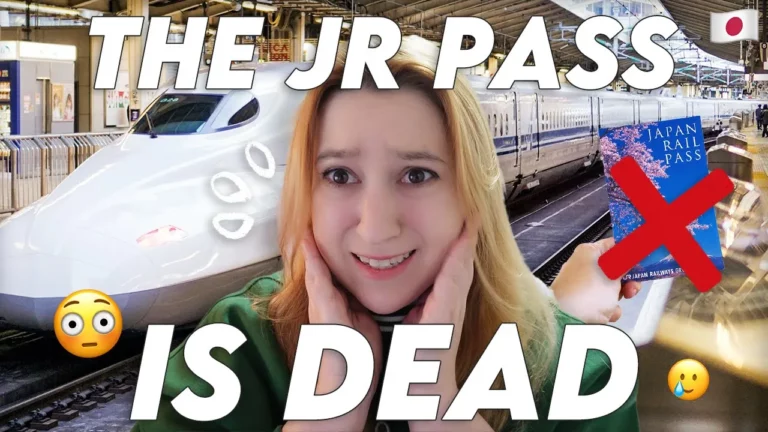The recent surge in the cost of the JR Rail Pass has left many travelers wondering if the renowned pass is still a cost-effective option for exploring Japan. Previously a no-brainer for travelers seeking savings and flexibility, the new pricing structure of the pass has raised doubts about its worthiness.
As of October 2023, the JR Rail Pass is now available for 7, 14, or 21 days, with prices ranging from 50,000 to 100,000 Yen. This has led travelers to explore alternatives, such as regional passes, to navigate Japan without breaking the bank.
One of the standout regional passes is the Tokyo Wide Pass, offering three days of unlimited travel not only in Tokyo but also in other regions like Nagano, Niigata, and Yamanashi. Similarly, the Hokkaido Rail Pass caters to those keen on exploring Japan’s northern island, providing unlimited access to JR trains and buses in the region.
For travelers with specific itineraries, like those focused on Western Japan, the Jr West 7-Day Pass proves to be incredibly valuable, offering a comprehensive travel experience in the region. The article also delves into the intricacies of activating and using these passes efficiently to maximize savings.
By strategically combining different passes and understanding the rules and benefits of each, travelers can navigate Japan’s extensive railway network while optimizing their travel budget.
In a landscape where the JR Rail Pass may no longer be a one-size-fits-all solution, exploring regional passes tailored to specific areas of interest can unlock unique travel experiences and significant cost savings. Embracing these alternatives opens up a world of possibilities for travelers, allowing them to delve deeper into Japan’s diverse landscapes and cultural treasures.












